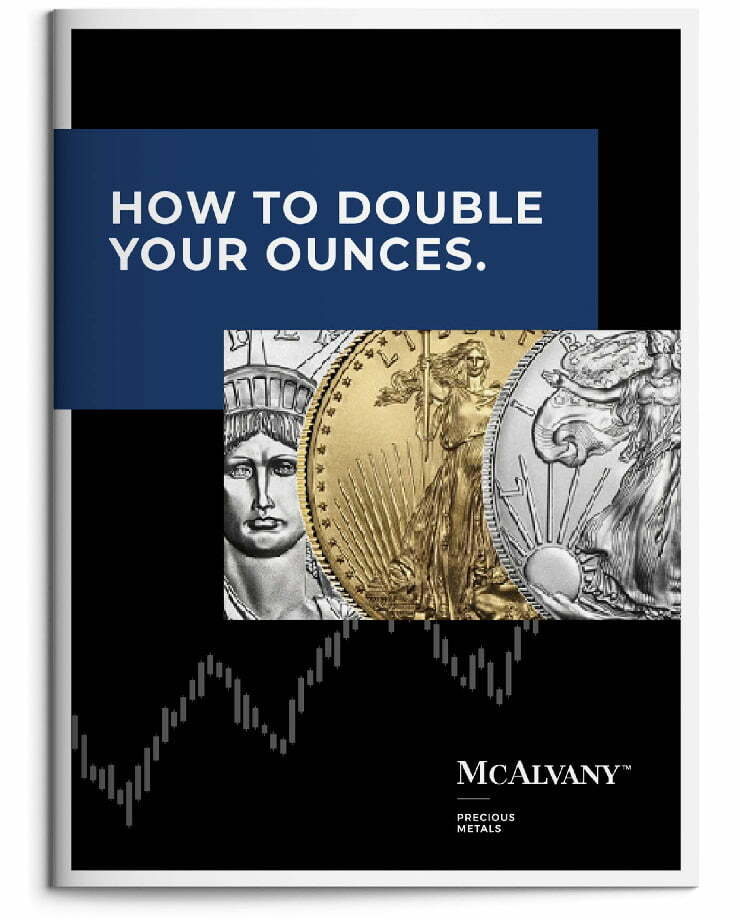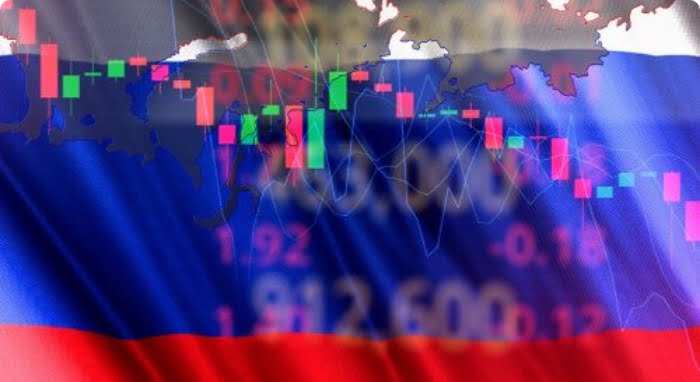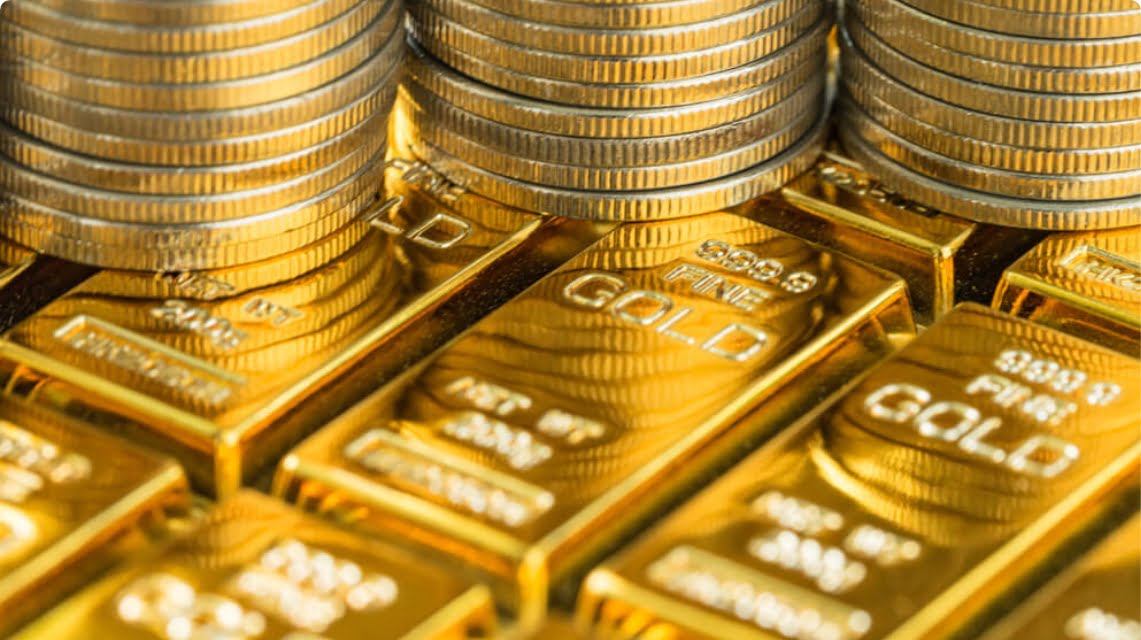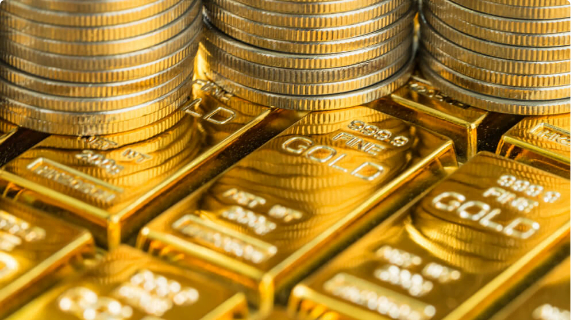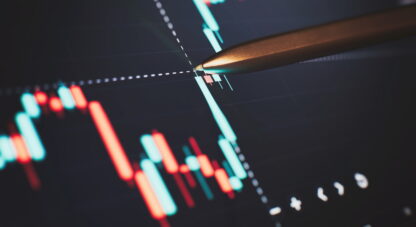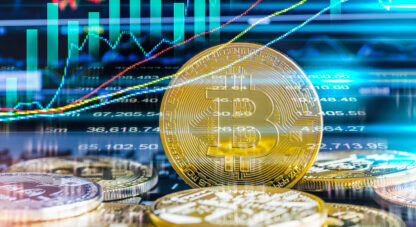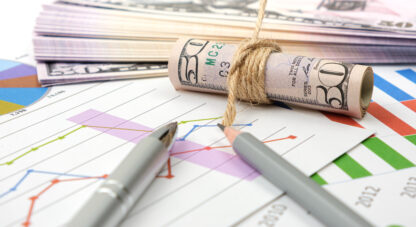Podcast: Play in new window
Following last week’s rate cut, precious metals all saw strong upwards movement, with silver up almost 6% and platinum up a staggering 8%. Gold climbed up 2% and futures saw it breaking $3,800. Equities held close to record high levels, and the dollar slightly rebounded following the sharp Fed-driven drop.
Let’s take a look at where prices stand as of Wednesday, September 24:
The price of gold is up 2%, sitting at $3,728 as of recording. On Monday, gold did reach as high as $3,825.
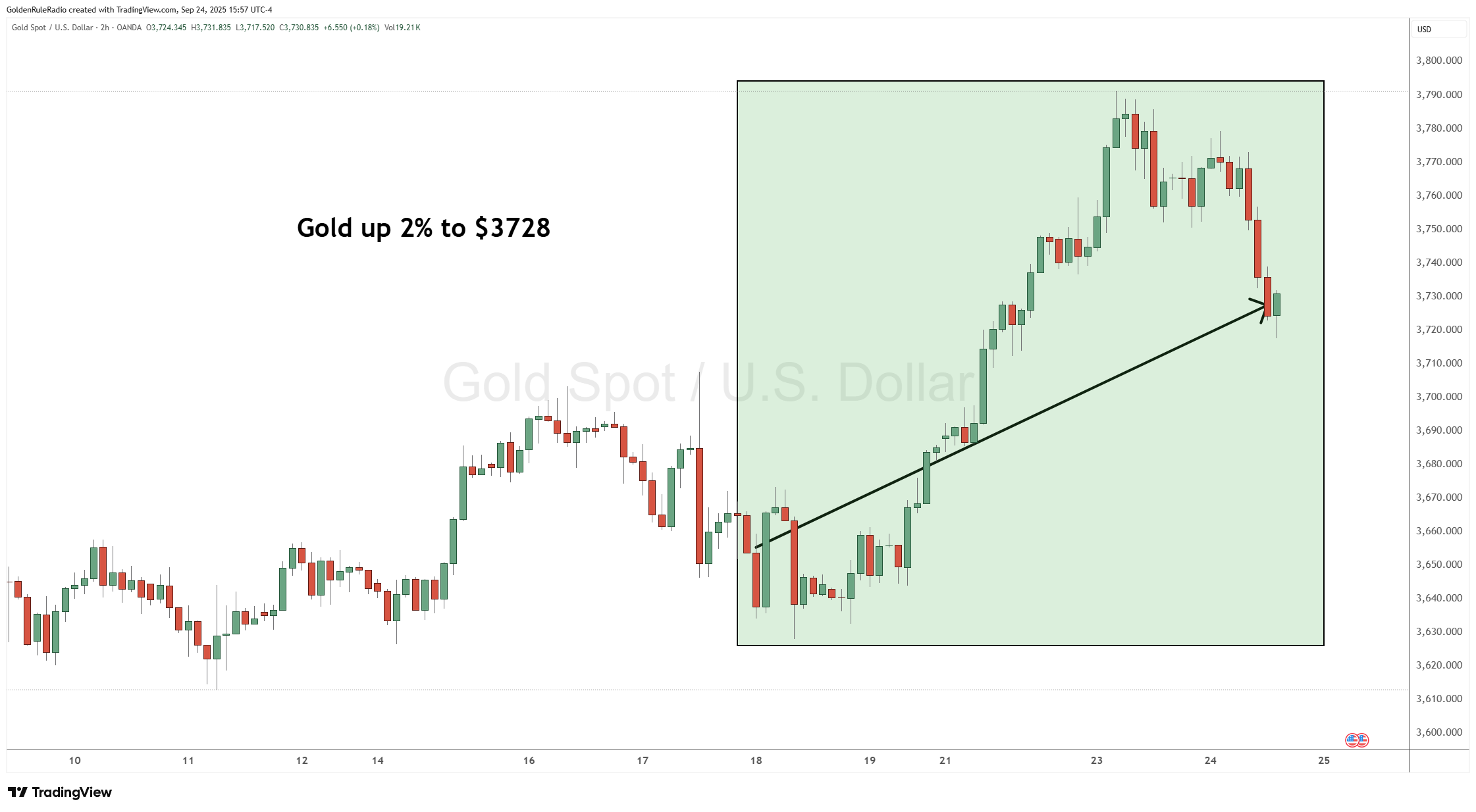
The price of silver is up 6% at $41.66. At one point during the week, silver was up almost 8%.
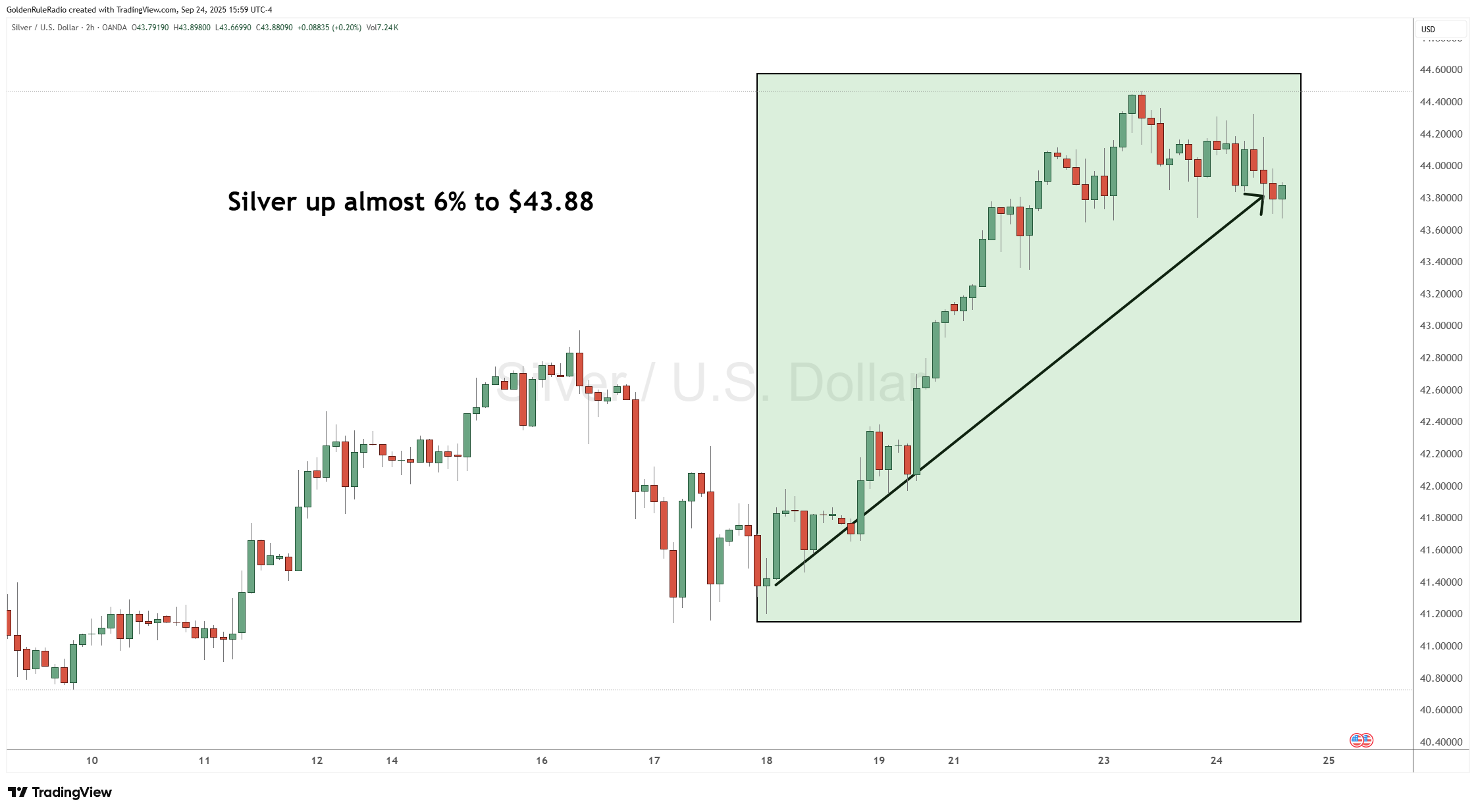
Platinum is up 8% sitting at $1,479. The white metal did break above $1,500 at one point during the week.
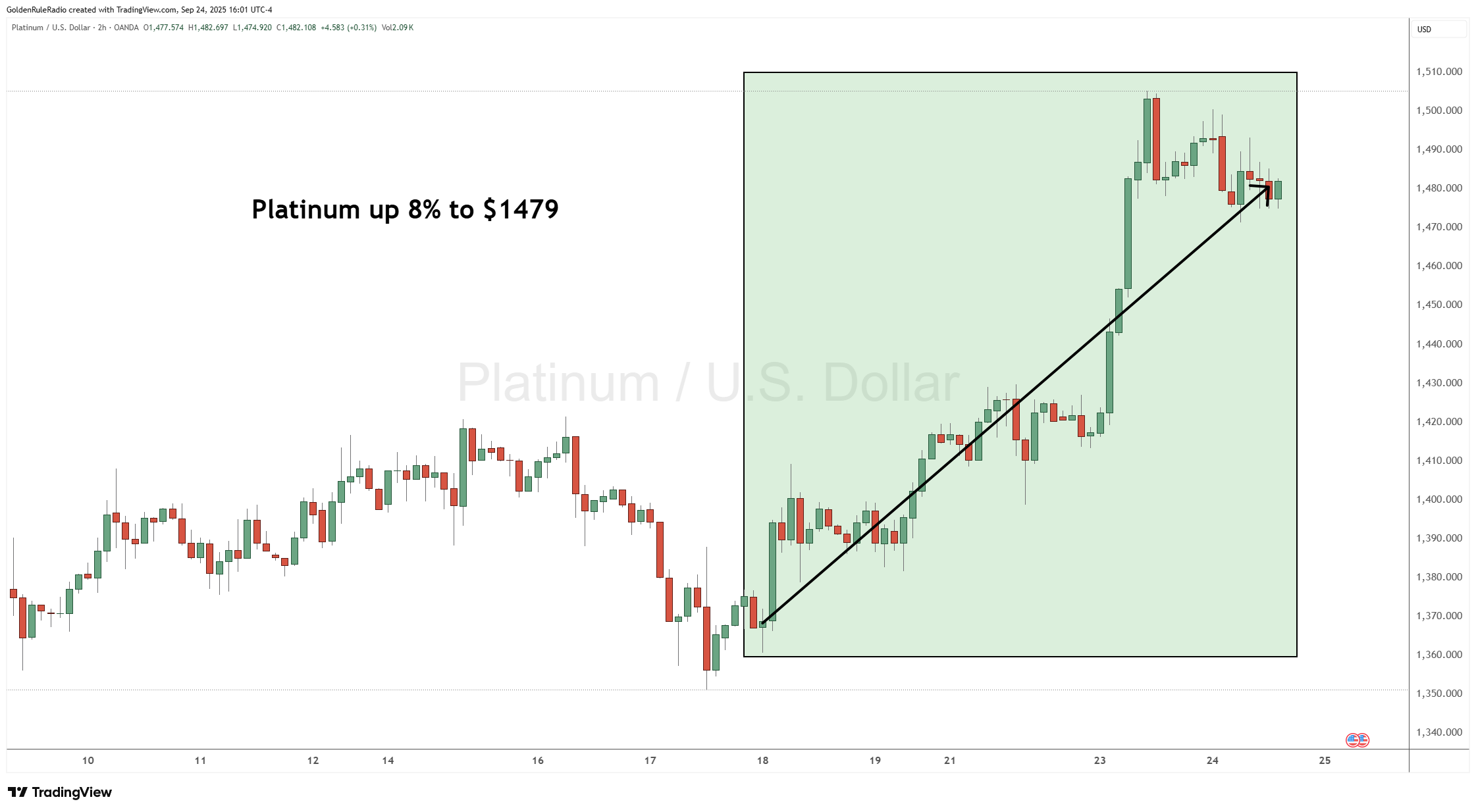
Palladium is up 4.5% to $1,220. For the time being, it seems to be tracking along with its sister metal platinum.
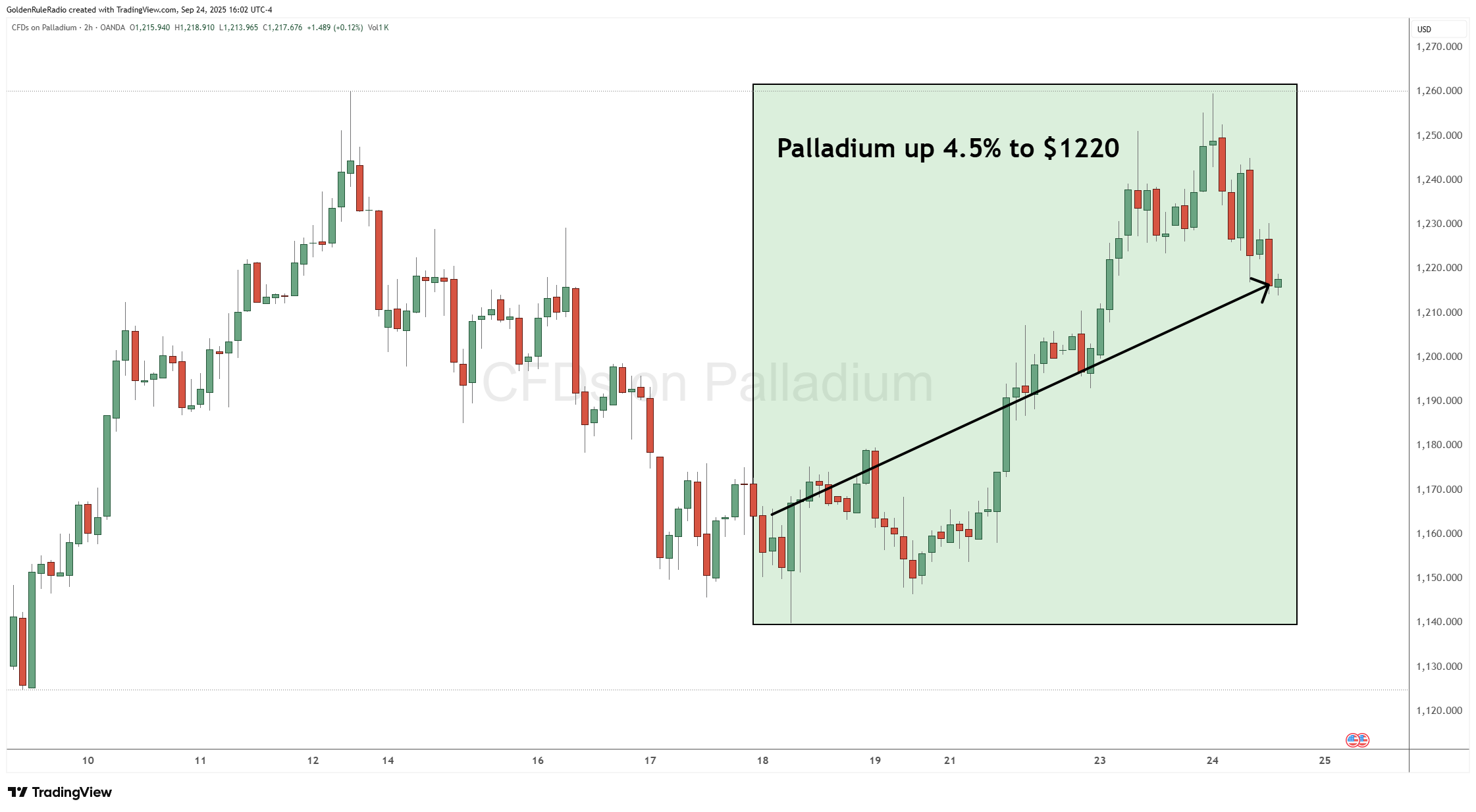
Looking over at the paper markets…
The S&P 500 is just about flat this week, currently sitting at 6,640. However, intraweek the index rose up after the Fed announcement.
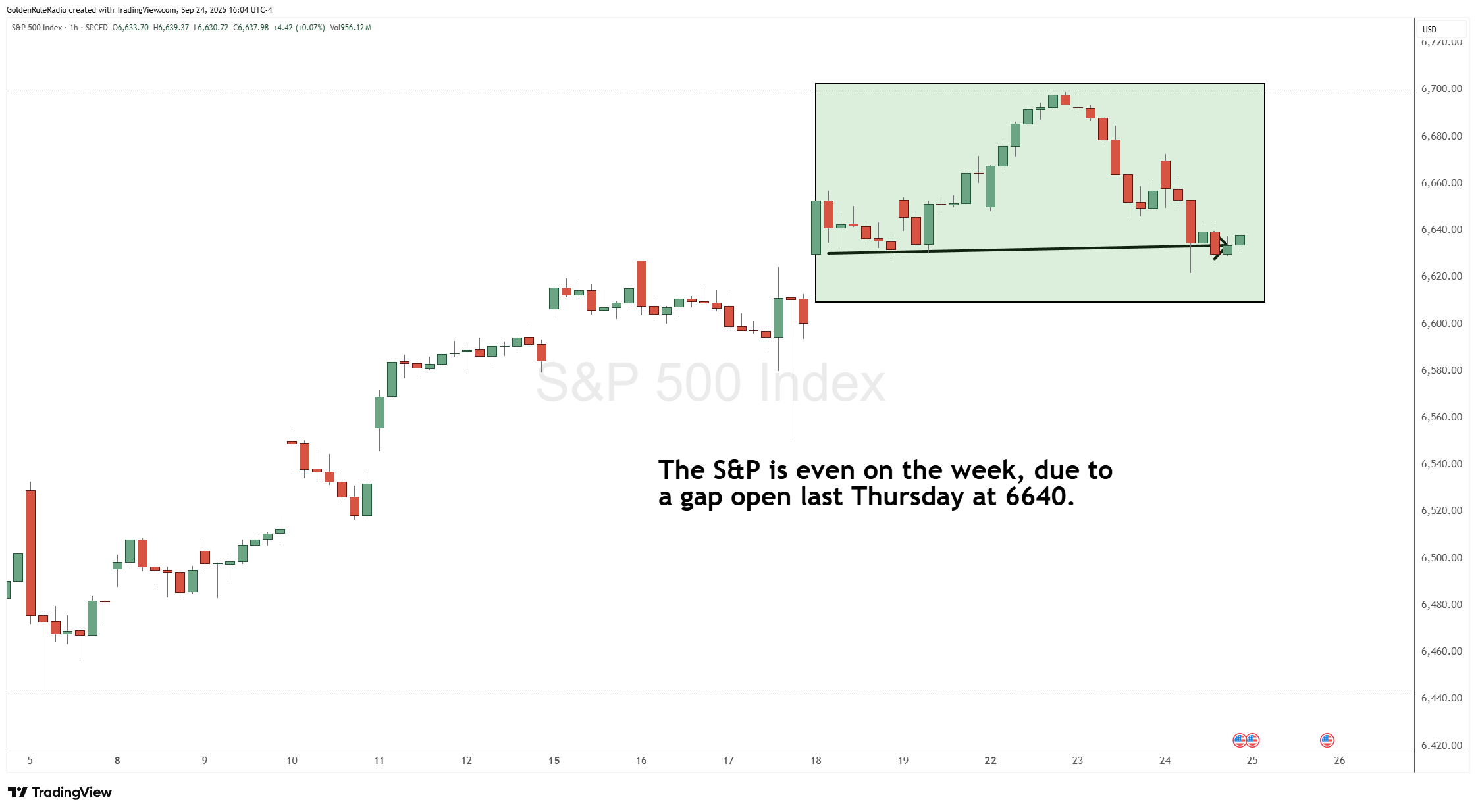
The US dollar index is up 0.5% currently sitting at 97.87. After the Fed announcement last week, the dollar had a sharp downward spike, and now it’s bouncing back up.
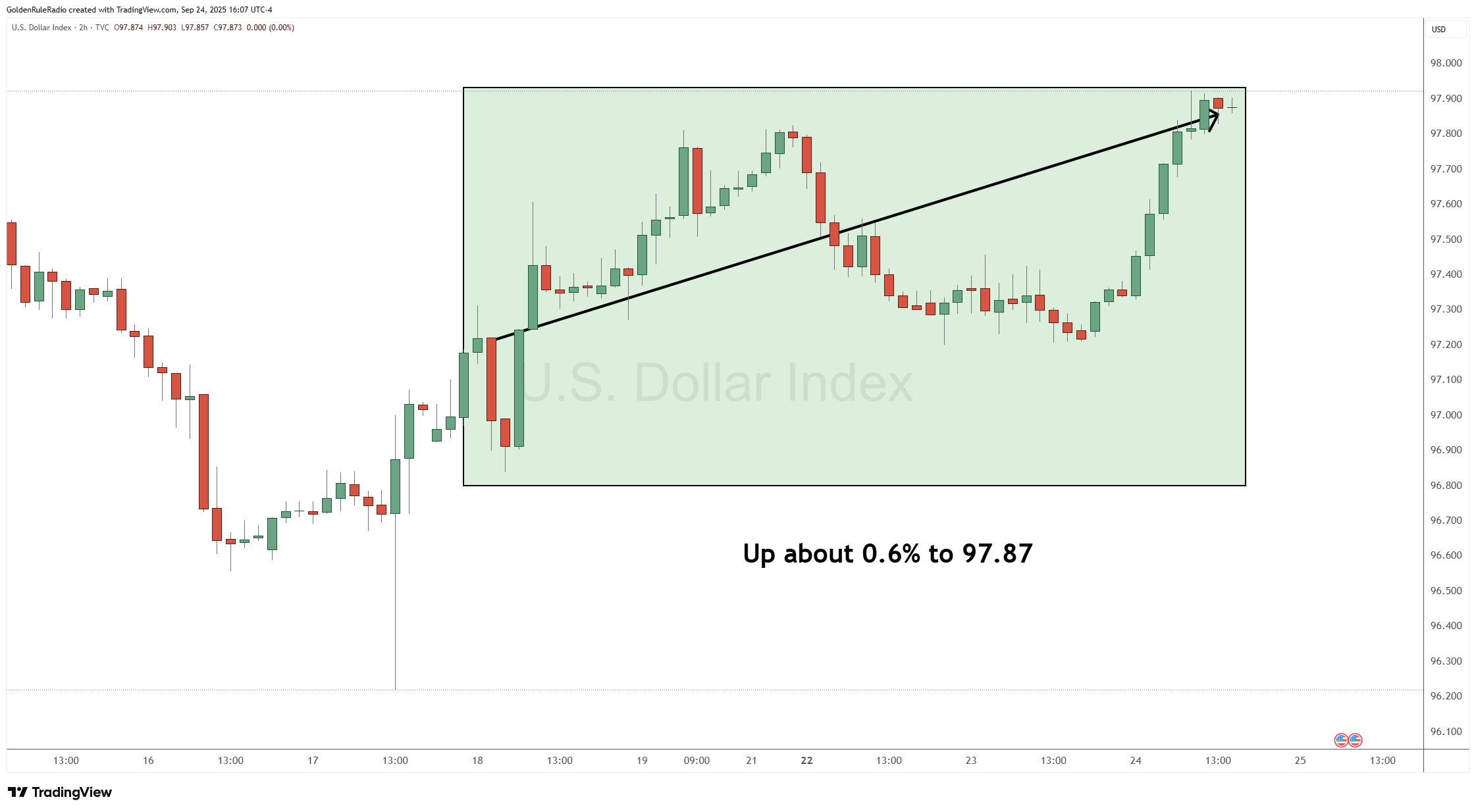
Fed Rate Cut and Dollar Dynamics
A crucial backdrop to this week’s metals strength was the Federal Reserve’s recent, and somewhat marginal, rate cut. The announcement triggered immediate moves across asset classes, including an initial drop and then rebound in the US dollar index. While the dollar saw a good bounce during the week, it remains nearly 11% below its highs earlier in the year, reinforcing the long-term inverse relationship between gold and the US dollar.
As precious metals investors know, gold’s real role isn’t about beating other currencies but preserving purchasing power as global fiat systems gradually debase through continued money-printing.
Mainstream Embraces Gold
Traditional Wall Street models like the 60/40 equity/bond strategy are coming under scrutiny.
Notably, even mainstream financial institutions such as Morgan Stanley are now recommending portfolio allocations including up to 20% gold.
However, Wall Street’s gold exposure typically means paper gold products or ETFs, not the physical metals that eliminate counterparty risk. Despite gold’s current upward trend, much of the mainstream still regards physical metals as a “dead asset.”
Savvy precious metals investors know that the key is to hold tangible, physical metal for long-term wealth protection. Physical gold isn’t a paper promise — it is real, portable, and easily converted into currency.
For wealth preservation, we recommend a “one-third strategy”— keeping one-third of investable assets in gold and silver, one-third in growth and income assets, and one-third liquid. This gives your portfolio room for growth along with protection from inflation.
Gold-to-Silver Ratio and Relative Value Opportunities
The gold-to-silver ratio has tightened further, dropping from the April highs of 104 to below 85 this week—a significant move that points to silver’s relative outperformance. Looking forward, we anticipate further compression, potentially toward historic averages in the 50–60 range.
For example, when you look at US real estate priced in gold, it is now the second cheapest it has ever been, surpassed only briefly in 2011–2012 and 1980. When you think about precious metals in ounces rather than dollars, you can clearly see gold’s value as a measure of purchasing power.
Central Bank Accumulation and the Currency War
In the first half of 2025, central banks added 415 tons to their reserves—a significant force underpinning higher gold prices. Of particular note is that nearly all major sovereign and bullion banks are long gold, with the US Federal Reserve uniquely short the metal, now scrambling to cover.
This is part of a “behind-the-scenes currency war,” where nations are accumulating gold as a hedge against dollar dominance and ongoing global economic uncertainty. The global move toward “de-dollarization” and the accumulation of real assets will continue to drive precious metals higher.
Protection Against a Structural Bull Market, Stagflation
The current gold bull market is still in its early stages—despite gold’s rapid ascent. There are still persistent stagflation risks: simultaneous rising inflation and unemployment that monetary authorities have failed to resolve. The next decade is expected to bring further currency debasement, rate cuts, and robust demand for real assets.
As political and geopolitical uncertainties (such as Ukraine, Gaza, and shifts in the Fed leadership) create additional tailwinds for metals, we strongly recommend focusing on accumulating ounces rather than fixating on daily price fluctuations. Gold will act as “active insurance” for the uncertain times ahead.
Add More Ounces to Your Portfolio
The team at McAlvany Precious Metals is happy to offer you a no-obligation, complimentary portfolio review. We have a collective 75 years experience investing in the precious metals market, and we can help you find opportunities for growing your portfolio as well as adding ounces through strategic ratio trades. Reach out to us at 800-525-9556.
